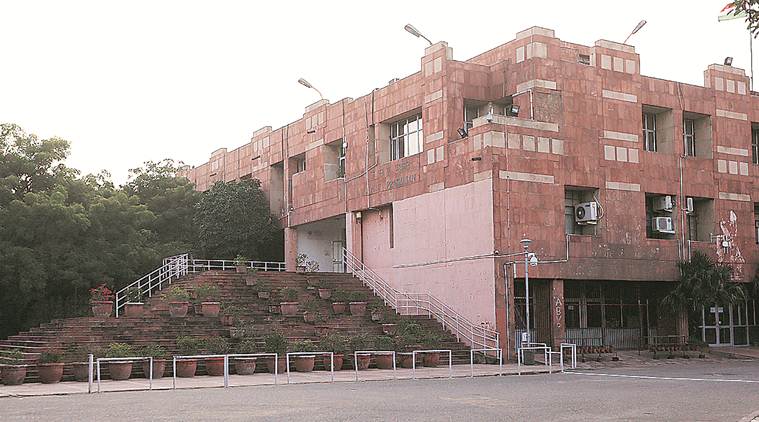
The most common languages identified as their mother tongue by students of Jawaharlal Nehru University (JNU), besides Hindi, are Bengali, Malayalam and Bhojpuri, a survey conducted by the university’s Centre for Linguistics (CL) has found.
The findings are part of a survey conducted every six years by the varsity’s Centre called Langscape. The first round of the survey was conducted in 2011, and the most recent in 2017. It aims to “not just describe the multilingual situation on the campus, but also to study and compare the changes and differences”.
The surveys are part of a website called Flingjnu.com, which stands for Field Linguistics at JNU and was launched on February 19. Apart from Langscape surveys, the website has other elements of interest to linguists, including grammar of Gaddi language, spoken by the Gaddi community settled in North India — specifically in Himachal Pradesh.
The website was put together by professor Ayesha Kidwai and a few PhD students of the Centre, after the idea was first floated in December 2016. On the website, they’ve written: “JNU is known for its inclusive character, so it is essential for surveys like Langscape to be repeated in regular intervals to better understand the languages that play a role in the campus life.”
Langscape 2017 was conducted among 1,778 participants through both Google forms and physical questionnaires. Students reported a total of 179 languages as their mother tongues, among which, besides Hindi, Bengali (153), Malayalam (87) and Bhojpuri (80) were spoken by most people.
The survey also found that 835 of total participants spoke more than three languages, 600 were trilinguals, 281 were bilinguals, and 58 were monolinguals. In 2011, a total of 2,110 students were surveyed, of which only six were monolingual. The languages most spoken in 2011 — apart from Hindi and English — were Bengali (363), Urdu (352) and Bhojpuri (263).
Yangchen Roy, a PhD student of the Centre, said, “The exercise was undertaken to document the multilingual nature of the campus, and also to identify how different languages are spoken in different domains. The questionnaire was designed to identify which language one speaks at home, vis a vis, with their friends, teachers, etc. As of now, we have not started comparing data of 2011 and 2017, but we expect to start soon.”
She said the website would also help those who wanted to “revitalise” minority languages.